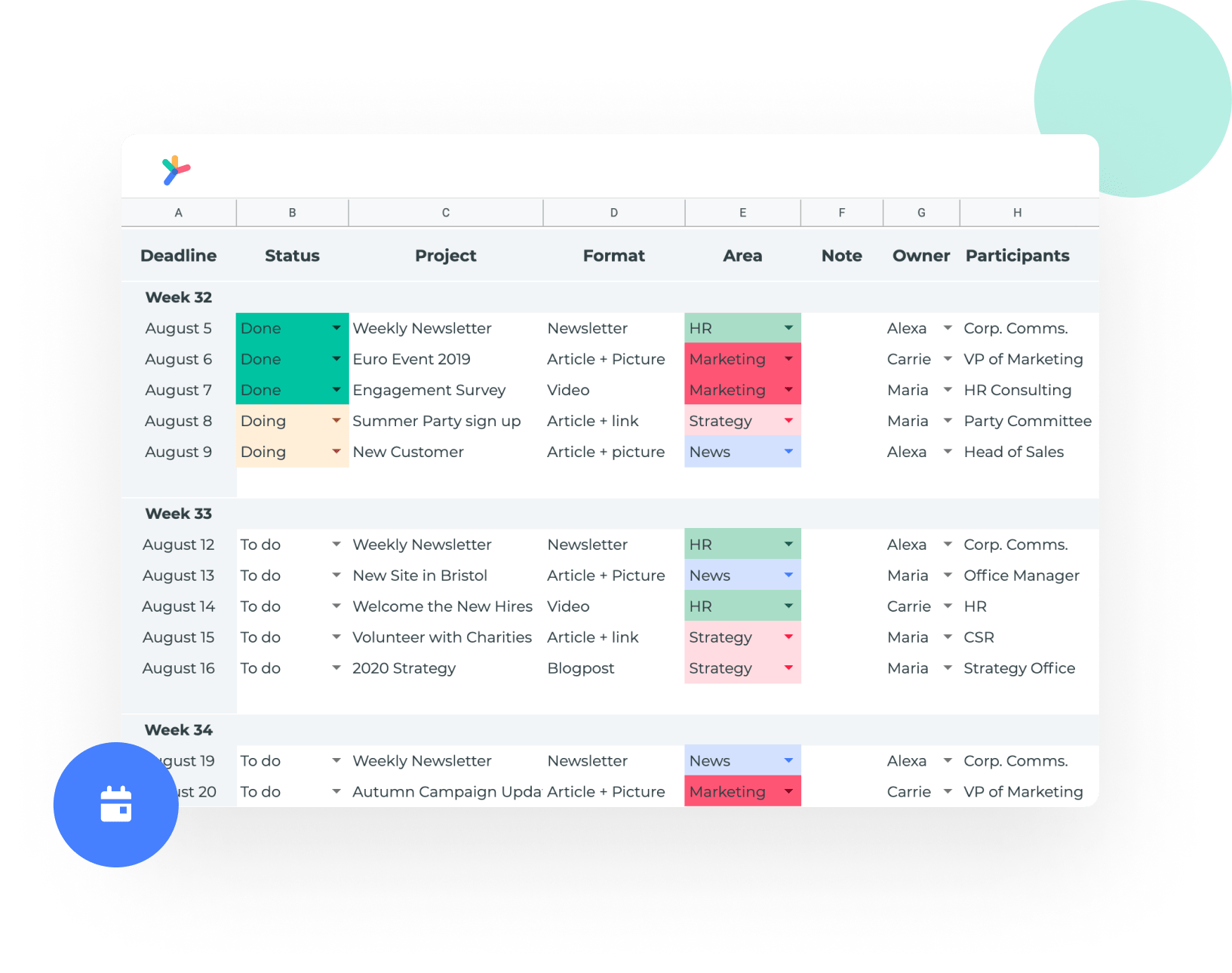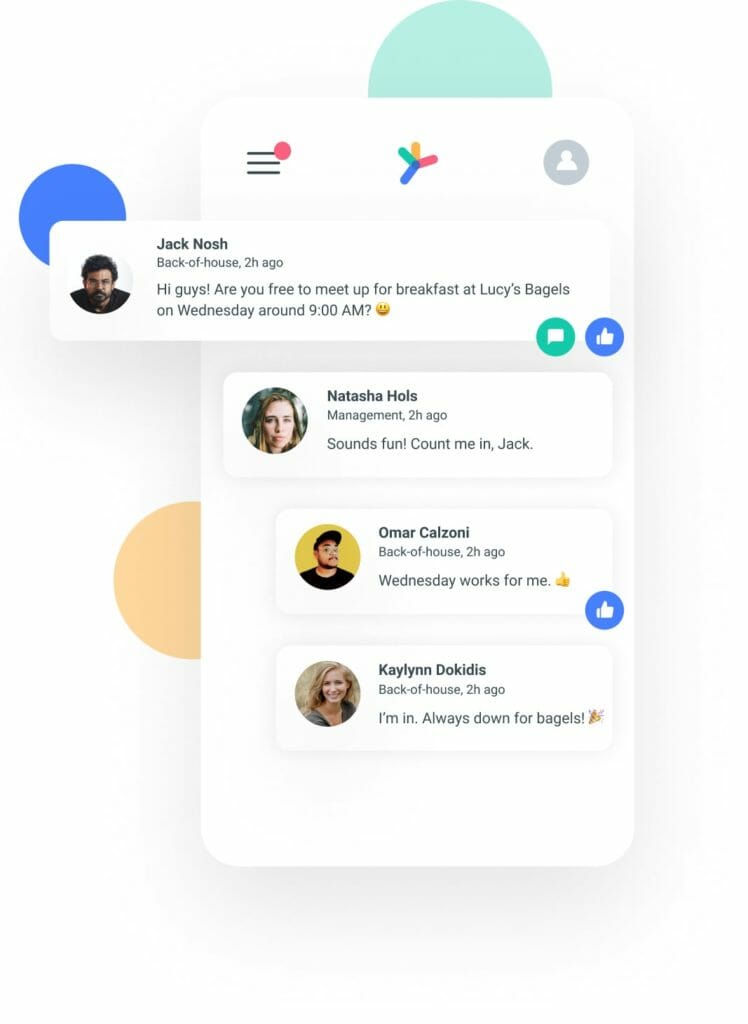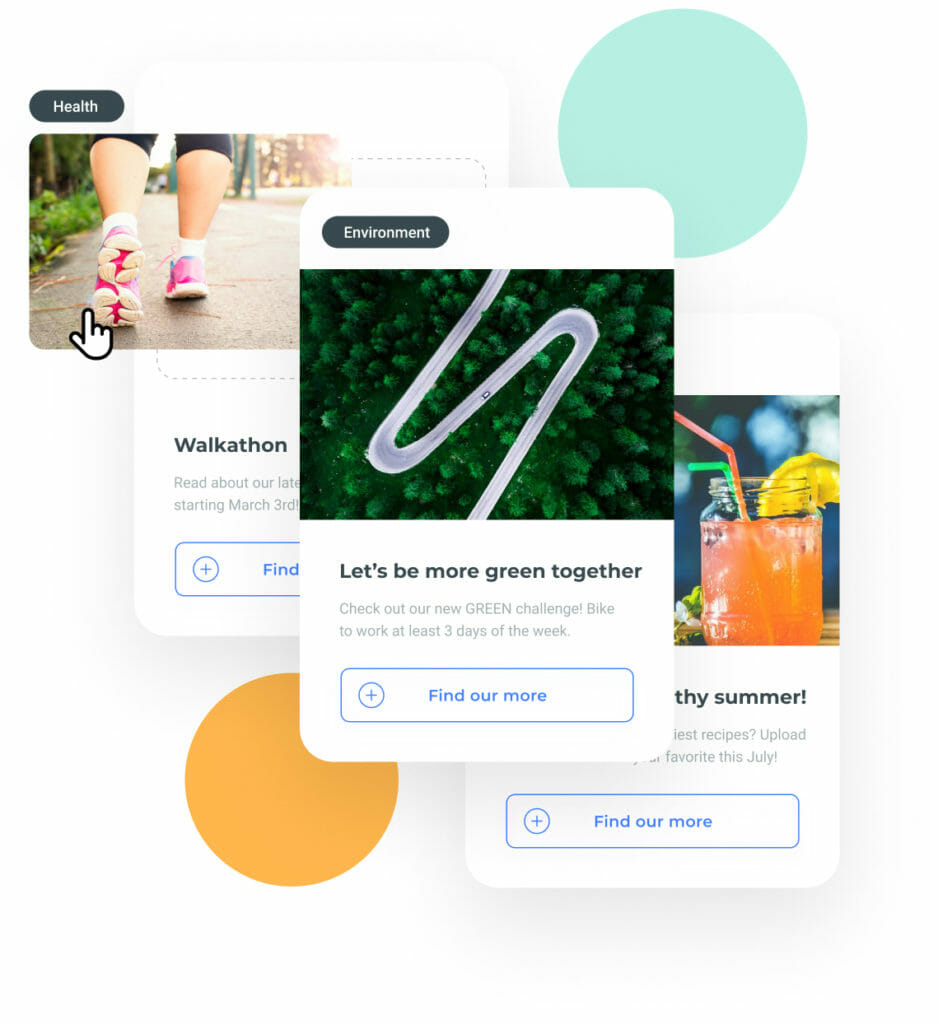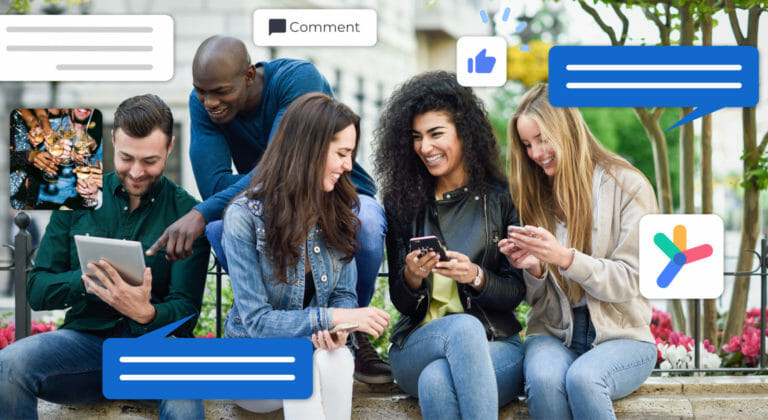Maybe it’s you not them. There’s a chance what’s failing is communication. It doesn’t have to end with employee and employer going their separate ways though. Keep reading to discover why internal communications fail and strategies to better reach employees.
Many employees actually want and would rather be in the know. In a survey of non-desk employees, over 50% of them expressed that feeling informed and connected is a matter of great importance in their job. Yet, HR and internal communication leaders often struggle with engaging employees and are asked how come people are lost, uninformed or misinformed.
To prevent this from happening: strategize. A comprehensive communication strategy can help organizations:
- Communicate consistent messages
- Establish a recognizable employment brand
- Deliver messages from the top that are congruent with the organization’s mission, vision, and culture
As a part of your employee communications strategy, try to understand what you may be doing wrong. Top reasons why your internal communications fail usually fall in one of these 2 categories: problems with your communication channels or problems with the content itself that make it more likely to be ignored.
Note: you could be facing a bit of both!
Problems with internal communication channel(s)

Your employees may not be ignoring your corporate communications on purpose. Your organization’s communication channels, or lack thereof, could be a barrier to employees receiving or accessing information. Here are some potential reasons why your corporate communications fail:
It’s unclear what your main employee communication channels are
Being inconsistent and sharing information on too many channels could confuse employees. Should they look on a bulletin board, social media, several HR tools, Whatsapp, or email for information? A one-stop shop for updates, resources, and employee sharing that can be accessed through multiple touchpoints (like desktop or mobile) may be something to consider.
Decide what your main corporate communication channels are, and stick to using these.
Employees don’t know enough about your communication channel
Socializing the use or adoption of your communication channel(s) is incredibly important! You may be creating content that would surely engage employees. But they will never see these unless you educate people on where they can expect to see or find corporate communications.
Beyond knowing a communication channel exists, employees have to know how to use it too! Intuitive navigation goes a long way, but even then it’s a good idea to dedicate time to training.
Your employee communication channel is not keeping information organized
This is related to your communication channel or platform’s UX and capabilities. Even though employees understand how to use your internal comms channel of choice, its navigation may not make it easy to find information.
Corporate communications being scattered on many screens require many clicks to see, with no clear summary or direction of what updates employees still have to check out. A notification list at-a-glance can be the holy grail in organizational communications.
Your internal communication channel does not reach employees in their flow of work
You may be excluding a part of your workforce when communicating in a way that’s not mobile-friendly. Non-desk employees, for example, are a growing segment of the global workforce who tends to work and stay informed on the go.
They are definitely not the only ones whose first choice to reach people, and be reached is via an app on a smartphone. That’s why, to reach employees in the future of work, go mobile.
Content issues: Why employees are ignoring your corporate communications
Even though people pick and choose what they look at these days, these internal communication pitfalls are still quite common:
Boring communications
Only sharing plain, text-heavy, or communications and resources with no relatable information or visuals leave people unexcited. Some communicators only address their employees when in a crisis or with big announcements, instead of also celebrating small wins, and spending time crafting enticing messaging, and unique employee engagement campaigns.
Keep employees looking forward to hearing more from you.
Irrelevant communications
Constantly sending employees stuff that does not affect them in the small or grand scheme of work, may make them used to think what is sent is not aimed or useful for them. In that case, the probability of them paying attention to corporate communications is low.
Sending messages that are generic, superficial, or waste people’s time is a sure-fire way to get ignored.
Too much information
Overwhelmed. That’s how employees feel when receiving frequent or large amounts of information from their employer or coworkers. Not to mention, they probably find determining what’s most important hard, and therefore going through stuff demotivating. If their phone or computer is beeping non-stop with notifications they’ll probably pay less and less attention to these.
It’s even worse if employee communications seem unnecessary or without a clear purpose. Planning should not be ignored.
5 strategies to make communications better and truly reach employees
1. Reevaluate your internal communication channel
Is it time for a change? Consider how often your communication channel is being used, and what employees think about it. Is it easy for them to navigate and find information? Do they find it truly helpful to connect with the company and does it fit into their flow of work? Is it interactive?
Also, consider how easy it is to create messages, or if it limits how you want your communications to look and feel. The best, most modern platforms and channels are built to empower communicators, not limit how they want to convey information. Ensure you have the right communication channels in place to make your corporate communications shine and have the desired impact.
If employees don’t know enough about your channel, set up a relaunch, invest in reinforcement, and try out the below strategies to reach employees. Give your communication channel a second chance before making a complete change.
2. Plan your internal communications
Set yourself up for success with a well-thought-out plan. Indeed, planning ahead may help you create something even better in the end that gets employees’ attention and truly informs and engages them.
Within your plan, set a realistic goal or timeline, categorize content (helps clarify purpose), and add the name of staff responsible for each communication. By doing so, you ensure variety, higher-quality content that is more aligned with your employee communications strategy.
Organized planning in communication trickles down. Organize yourself, and (with the right platform or channel) the content will look be more organized and be easier to consume for employees as well.

An internal communications content calendar template may be the perfect tool to start planning like a pro.
3. Create relevant and relatable corporate communications
There is always room for building connection, and being more relatable and human in employee communications. And actually, several industry leaders have found people pay attention to communications that are “close to the heart.” How can you do more of this?
- Go targeted. Local updates are often more popular than broad ones. And, in addition to targeting your communications by location, you can also target them by role, department, level, and other characteristics people identify with.
- Start storytelling. We all love stories and relate to the right story. Plus, these can be a great way to communicate while strengthening employees’ sense of belonging. Add storytelling to your internal communication strategy for max impact.
- Communicate in a more casual tone. If possible, be personal and humanize your messages so they are not in a “corporate voice”. This will make employees more likely to open, read, and even share.
- Enable employee sharing. Ensure you have a channel for employees to connect and share with each other too. Of course, a break from communications only coming from corporate is sure to be welcomed, while helping cultivate your company culture.
- Drive campaigns or challenges. For example, Sabis in Sweden has captivated employees’ attention by challenging and enabling them to share a picture of what has aided their wellbeing during the pandemic, as a part of a mental health week campaign.


4. Trust employees and respect their time
Everyone appreciates a leader or employer that respects their free time. Meanwhile, sharing work updates after work hours encourages a build-up of annoyance towards corporate communications. To combat this, establishing a policy on when it’s acceptable to share internal communications may be beneficial to promote work-life balance.
Additionally, take advantage of notification capabilities on your internal communication channel or platform to be even more respectful. Try to reach your employees how they want to be reached by letting every worker turn specific types of notifications on or off, as explained in the following video:
In sum, trust employees to decide what communications they want to see. You may be surprised. If you follow the rest of these tips they may not want to miss much.
5. Keep an eye on data
According to Ragan, ⅓ of communicators do not measure their internal communication efforts at all! Don’t be one of them.
With analytics pointing out how you’re doing and what communications are working, you’re on the better path towards continuous improvement. If video views drop after X seconds, you will likely try to make videos that are less than that to keep employees’ attention. If the updates with the highest open rates all contain pictures of people, you’ll try to do the same. Keeping an eye on insights into how employees engage with your communications matters.
Beyond insights, keep an eye on what’s in and may appeal to your employees. As an internal communicator, always consider what your workforce what you could share to make their employee experience better, safer, and more fun.
Try things out, mix things up, and keep looking at open rates and other internal communication metrics for guidance.
—
From problems with content to the internal communication channel itself, reaching employees is no easy task. Don’t lose sight of what’s important: your people and them finding value in what you share and how you share it. Effectively providing employees with valuable, relevant information that they can connect with will lead to only positive results.






